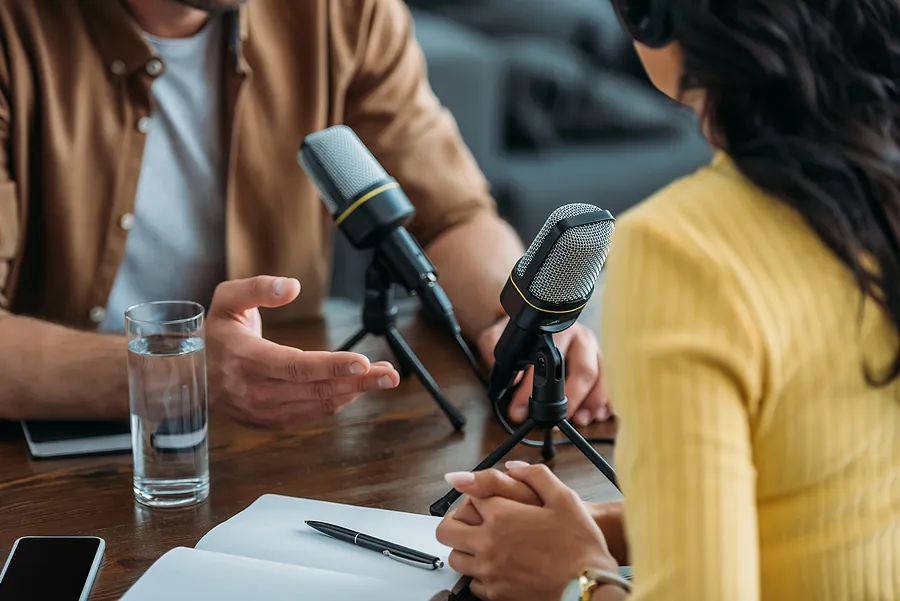How Sales Teams Can Help Stop Revenue Leakage

Revenue leakage, or the loss of income from customers spending less than expected over the lifetime of the relationship, is a subtle but significant negative influence on gross income, with most studies showing a 1 to 5% decrease in gross income due to revenue leakage. It’s a problem that falls under the purview of multiple departments, but it’s also something sales can help address.
Sources of Revenue Leakage in Sales
- Unreported, too frequent, or too deep discounts.
One of the primary sources of revenue leakage occurs when sales reps either don’t report the discounts they offer customers, use discounts too frequently, or offer such a substantial discount that it has a noticeable effect on the bottom line.Non-reporting is comparatively easy to fix – simply put in place checks in your processes to catch omitted discounts. Whether this is part of a sales manager’s oversight, a required field in your CRM or the finance department will depend on how your organization is structured.More problematic are the other two issues. When sales reps are going to the discount well too often or are offering massive discounts in a given transaction or three, it signals a major weakness in the rep’s selling process. It could be tied to sales reps not knowing how to sell to a customer’s needs, or it might be the result of poor pricing strategy relative to the marketplace and competition.
In the first case, sales training with reinforcement or sales coaching (depending on if it’s a team-wide issue or limited to one or two sales reps) can diagnose the problem and provide a cure by way of reframing how reps approach the sales interaction with customers.
In the second instance, research is required to see what the proper price point is for your product. If the price is in fact in alignment with expectations, then sales leadership and sellers need to find options to better position the value proposition and advantages of the product.
- Customers leaving sooner than expected.
Another sales-related leakage source is customers cancelling contracts sooner than expected or declining to repeat purchases as originally anticipated. While there’s a variety of possibilities for why this occurs, the primary reason is because the experience or product delivered failed to meet the customer’s expectations.Perhaps the situation’s caused by the customer support team falling down on the job. But what’s just as likely is that the sales team may have overpromised or set unrealistic expectations, resulting in under-delivery (a case we’ve seen more than once). Or perhaps the sales rep gave inaccurate or misleading information as an unintended consequence of not thoroughly understanding what they’re selling.The solution, much like with discounting, depends on the precise nature of the cause. If it’s overpromising, remind sales reps that it’s important that they should only promise what the company can deliver, and part of becoming a trusted advisor is telling the customer what’s possible and what isn’t with your product. There is an art and tactful way to deliver these important messages that must be considered.
If it’s not understanding product knowledge, then you need to coach the rep on your offerings, so that they have a clear and complete understanding. Of course, this type of problem doesn’t just happen out of the blue and it almost always points to an issue with an incomplete or ineffective onboarding process.
Therefore, you might need to look at how you onboard your sales reps and see where you can correct the product knowledge disconnect (one of the best reasons to create a formal onboarding process – that way, everyone knows exactly what knowledge and skills sales reps need to acquire in order to be brought up to full productivity). You also may need to include more checkpoints in onboarding to verify your new hires’ product knowledge.
Another way of approaching the problem of frequent, early customer churn is to conduct exit interviews and research with former and departing clients. Find out exactly where the problem lies. Is it with your product? Your support team? The difference between what sales reps told them they’d be getting and what they actually got? The overall experience with your organization? There’s myriad possibilities here, so being able to find out precisely what’s causing the turnover is essential to correct problems.
Revenue leakage might seem like a small percentage of lost income overall, but it’s something that adds up over time – particularly on a quarterly or annual basis if the errors continue unnoticed. Examining facets of your sales process and bookkeeping and talking to former clients can give you better insights on the source of leaks. From there, it’s on to plugging those leaks and stopping the drain on your income.

- Account Planning (11)
- Awards (50)
- Client Testimonial (37)
- Personal Branding (19)
- Podcast (11)
- Research (68)
- Sales Career Development (85)
- Sales Coaching (154)
- Sales Consulting (133)
- Sales Culture (164)
- Sales Enablement (340)
- Sales Leadership (108)
- Sales Management (242)
- Sales Negotiation (16)
- Sales Prospecting (124)
- Sales Role-Playing (18)
- Sales Training (229)
- Selling Strategies (255)
- Soft Skills (67)
- Talent Management (92)
- Trusted Advisor (27)
- Virtual Selling (41)
- Webinar (10)





























